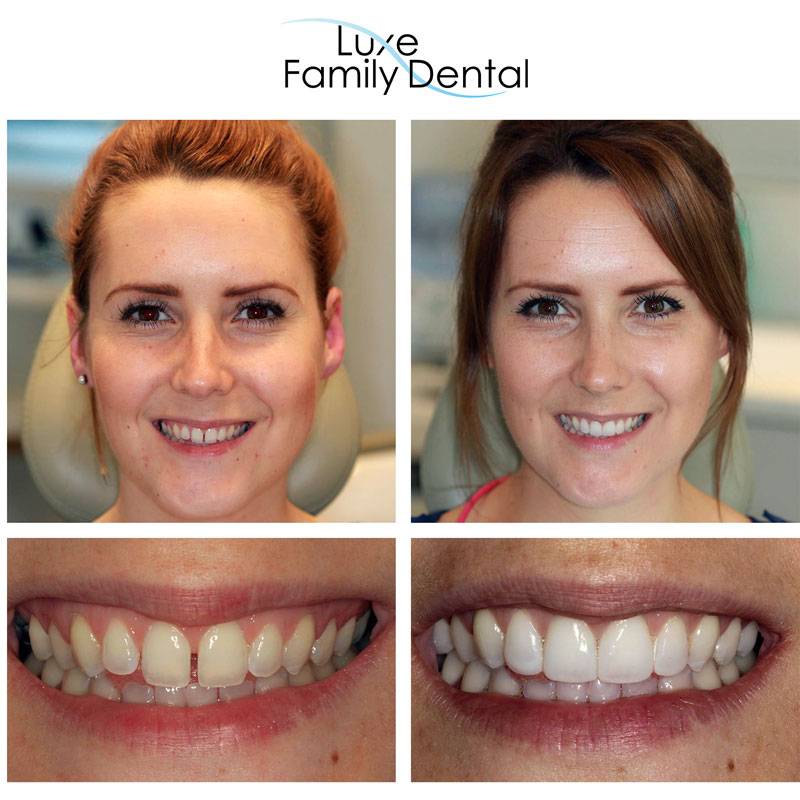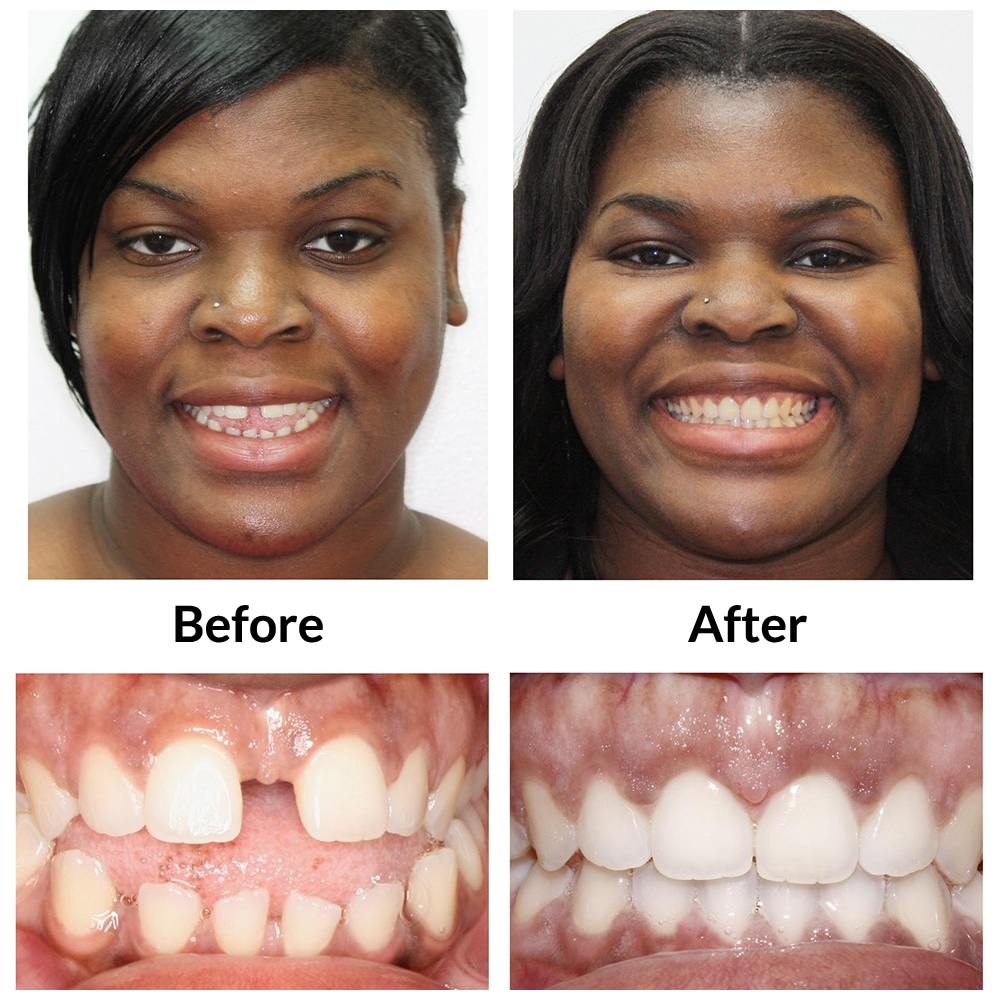Transform Your Smile: Invisalign Mississauga Solutions Close To You
Transform Your Smile: Invisalign Mississauga Solutions Close To You
Blog Article
Discover Effective Dental Treatments for a Brighter Smile - Find Out Concerning Dental Bonding
In the search of a glowing smile, individuals commonly look for reliable oral procedures to boost the appearance of their teeth. Among the various techniques available, oral bonding sticks out as a preferred option for its capability to address a variety of cosmetic worries. From fixing cracked or discolored teeth to shutting voids and improving enamel, oral bonding offers a versatile service. Comprehending the complexities of this treatment and its advantages requires a better look at the process, candidacy criteria, and post-treatment treatment. By exploring the nuances of oral bonding, one can gain understandings right into just how this therapy compares to other choices, providing an extensive sight of the possibilities for accomplishing a brighter smile.
Advantages of Dental Bonding
Oral bonding provides a minimally intrusive and cost-effective remedy for improving the look of teeth. Unlike other cosmetic oral procedures, such as crowns or veneers, bonding typically needs marginal to no removal of the natural tooth enamel, making it a traditional alternative for smile enhancement.

Treatment Introduction
Beginning with an assessment of the process involved in oral bonding, we explore the comprehensive overview of this aesthetic dental treatment. Dental bonding is a minimally intrusive technique made use of to enhance the look of teeth by using a tooth-colored resin material to the surface area. The procedure starts with the dentist picking a material color that matches the natural color of the patient's teeth.
Following, the tooth surface is roughened, and a conditioning liquid is related to aid the bonding material stick correctly. The material is after that formed and formed to the preferred form prior to being set making use of a special light. As soon as the material has actually set, the dental professional will certainly additionally trim and polish it to mix perfectly with the bordering teeth.
Oral bonding is generally utilized to fix chipped or cracked teeth, close spaces between teeth, reshape teeth, and cover stains. It is a quick and cost-efficient way to enhance the aesthetic appeals of a smile, typically completed in a single check out to the dental practitioner's workplace.
Prospects for Dental Bonding
When establishing qualification for oral bonding, a thorough assessment of the person's dental health and wellness and aesthetic goals is conducted. Dental bonding is a flexible cosmetic dentistry treatment suitable for people with minor blemishes such as cracked, split, tarnished, or irregular teeth. Prospects for oral bonding should have overall good dental health, without gum tissue illness or dental caries, as these conditions might impact the bonding's durability and effectiveness.
Ideal candidates for dental bonding are individuals seeking to enhance the appearance of their smiles without considerable oral job. Oral bonding is a traditional therapy alternative that can attend to visual concerns without the requirement for more intrusive treatments. It is also a popular selection for those seeking fast results, as bonding can usually be finished in a single check out to the dentist's office.
During an appointment with a dental expert, the patient's specific worries and preferred end results will certainly be assessed to figure out if oral bonding is the most appropriate treatment option - dentist erin mills. By recognizing the requirements for candidacy, individuals can make enlightened choices about boosting their smiles with oral bonding
Aftercare Tips
Upon completing an oral bonding procedure, keeping appropriate aftercare is important to ensure the longevity and efficiency of the treatment. After the bonding procedure, it is essential to avoid consuming hard foods or biting you can check here on items that might possibly damage the bonded area. Furthermore, abstaining from practices like nail-biting or chewing on pens can assist stop premature damage on the bonded material.
Regular oral health techniques, including cleaning with a soft-bristled toothbrush and non-abrasive toothpaste, are essential to stop and maintain the bond discoloration - dental bonding mississauga. It is advised to floss daily to eliminate any food bits that might visit this website build up around the adhered area, lowering the danger of degeneration
Routine oral check-ups every 6 months are important to check the problem of the bonding and resolve any concerns without delay. Throughout these sees, your dental professional can analyze the bond's integrity, make any type of needed repair work, and offer advice on preserving ideal oral health to extend the life-span of the oral bonding.
Comparison With Other Treatments
In reviewing oral bonding as a treatment choice, it is vital to consider its advantages and restrictions in comparison to different treatments. One usual alternative to oral bonding is veneers. Veneers are thin shells of porcelain or composite material that are personalized to cover the front surface area of teeth. While veneers are extra long lasting and stain-resistant than bonding, they are additionally extra expensive and need more preparation of the all-natural tooth structure.
An additional popular choice is dental crowns. Crowns are caps that cover the entire tooth and are commonly made use of for much more substantial damages or to improve the appearance of an irregular tooth. Unlike bonding, crowns are a lot more sturdy and can endure greater biting forces. However, the procedure of obtaining a crown entails eliminating even more of the all-natural tooth structure, making it an irreparable procedure.
Ultimately, the option between dental bonding, veneers, or crowns relies on the person's certain requirements, spending plan, and desired outcome. Consulting with a dental expert can help establish one of the most suitable treatment choice for achieving a brighter and a lot more certain smile.
Conclusion
Finally, dental bonding is an efficient treatment for improving the appearance of teeth by dealing with blemishes such as staining, spaces, and chips. It is a minimally invasive therapy that can give quick and resilient results. With proper aftercare and upkeep, patients can enjoy a brighter and extra positive smile. Dental bonding offers a cost-efficient and practical solution compared to other much more invasive oral treatments.
Additionally, dental bonding is a functional therapy that can address a variety of visual worries, including closing spaces in between teeth, reshaping misaligned teeth, or making teeth show up longer.Starting with an examination of the process entailed in dental bonding, we try this dig into the detailed summary of this cosmetic oral treatment. Candidates for dental bonding ought to have overall excellent oral wellness, totally free of gum tissue condition or tooth degeneration, as these problems might affect the bonding's durability and performance.

Report this page